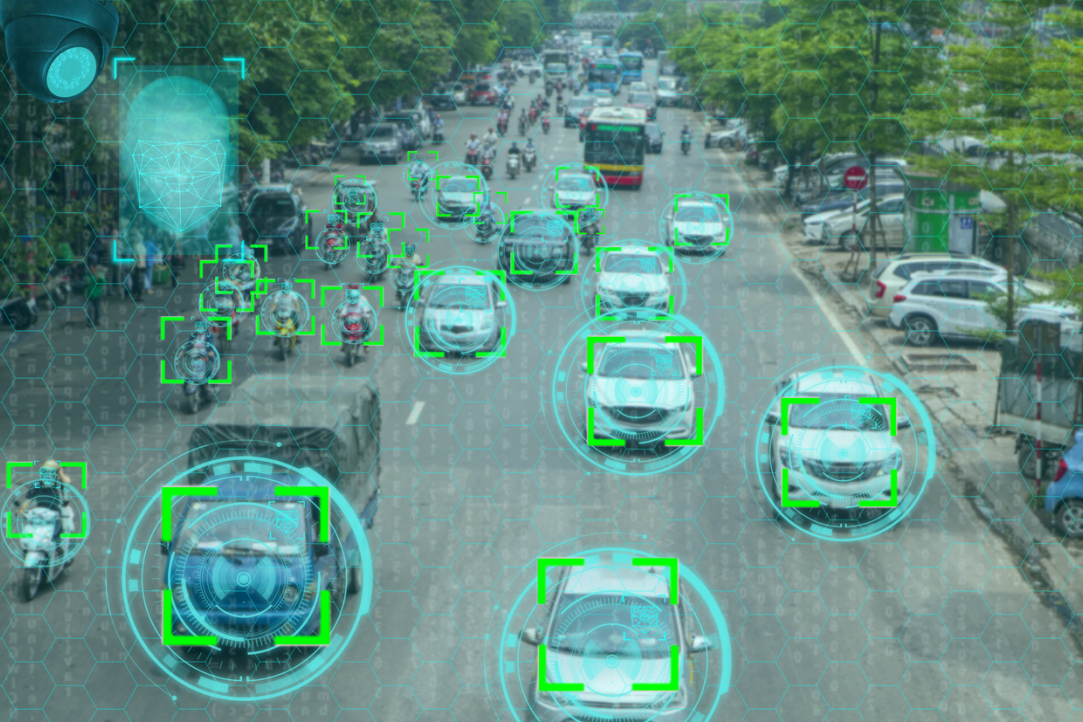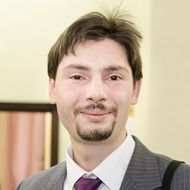AI Worse at Recognizing Images than Humans

Researchers from HSE University and Moscow Polytechnic University have discovered that AI models are unable to represent features of human vision due to a lack of tight coupling with the respective physiology, so they are worse at recognizing images. The results of the study were published in the Proceedings of the Seventh International Congress on Information and Communication Technology.
To understand how machine perception of images differs from human perception, Russian scientists uploaded images of classical visual illusions to the IBM Watson Visual Recognition online service. Most of them were geometric silhouettes, partially hidden by geometric shapes of the background colour. The system tried to determine the nature of the image and indicated the degree of certainty in its response.
It turned out that artificial intelligence is not able to recognize any imaginary figure, with the exception of a coloured imaginary triangle. Due to the high contrast with the background, it was recognized correctly.

Vladimir Vinnikov
‘Objects similar to those that we used during the experiment can be found in real life,’ says Vladimir Vinnikov, an analyst at the Laboratory of Methods for Big Data Analysis of HSE Faculty of Computer Science and author of the study. ‘For example, autopilot of a car or airplane perceives a trailer or a radio tower, which at night are indicated only by marker lights, the same way as we perceive imaginary geometric shapes.’
The human eye is constantly moving involuntarily, and the photosensitive surface of its retina has the shape of a hemisphere. A person can see an illusion if the image is a vector, i.e., if it includes reference points and curves connecting them. The human imagination will complete the picture due to constant eye movement, a physiological feature of our vision.
In optoelectronic systems everything is arranged differently. Their light-sensitive matrix has a flat, usually rectangular shape, and the lens system itself is not nearly as free in movement as the human eye. Therefore, artificial intelligence cannot complete imaginary lines that connect fragments of a geometric illusion. Machine vision sees only what is actually depicted, whereas people complete the image in their imagination based on its outlines.
Today, neural network image recognition systems are actively spreading in the commercial sector. However, the question of how accurately machines recognize images is still open. Human lives may depend on the accuracy of recognition. For example, an accident may occur if the autopilot of a car or airplane does not recognize an object with low contrast relative to the background and is not able to dodge an obstacle in time.
Scientists believe that inaccuracy of machine image recognition can be corrected. For example, they can complement the recognition of raster images, which represent a grid of pixels, by simulating physiological features of eye movement that allow the eye to see two-dimensional and three-dimensional scenes. An alternative way is to add vector description of the images, which will help to programme the machine to bypass the image along the trajectories specified by the vectors.
‘Imaginary objects should definitely be used as tests in systems that depend on the recognition of photo and video streams, for example, in autopilots of cars or drones. This will help to avoid the risks associated with the use of machine intelligence systems in industry and transport systems,’ believes Vladimir Vinnikov.
See also:
Virtual Mozart, Venture Capital Bot, and Educational Video Generation: How AI is Used at HSE University
In mid-November, HSE University hosted a meetup where faculty, researchers, and administrators presented their projects and shared experiences with using AI technologies in education and research. The meeting was part of the continuing professional development programme 'Artificial Intelligence in Education and Research.'
‘In the Future, I Expect Rapid Development of Professions Related to Prompt Engineering’
The English-language programme of HSE Online ‘Master of Computer Vision’ will change its name to ‘Artificial Intelligence and Computer Vision’ in 2024. Andrey Savchenko, the programme academic supervisor, shares how the new name will affect the programme semantics, why AI has become the main federal trend in the field of information technology, and what tasks graduates will solve.
Artificial Intelligence as a Driver of Digital Transformation
In December, the HSE Institute for Statistical Studies and Economics of Knowledge and the HSE AI Research Centre participated in UNCTAD eWeek to discuss the future of the emerging digital economy. One of the topics discussed during the conference was artificial intelligence and its applications in driving the digital transformation of industry sectors. The session was co-organised by HSE University.
HSE University Receives Highest Grant under Priority 2030 Programme
HSE University has proved its leading position in the first group of the ‘Research Leadership’ field under the Priority 2030 programme. The university has also received the highest grant for teaching digital competencies to students, demonstrating its educational leadership in the fields of digital technologies and AI.
‘The Future Lies with AI Technologies and HSE University Understands That’
At the AI Journey 2023 international conference in Moscow, a ranking of Russian universities that train the best AI specialists was published. HSE University entered the A+ leadership group, taking first place according to such criteria as ‘Demand for hiring graduates’, ‘Quality of educational environment’, and ‘Activities for the development of school education’. Ivan Arzhantsev, Dean of HSE University’s Faculty of Computer Science, spoke to the HSE News Service about how AI specialists are trained at HSE University and what plans the university has in this area.
‘Every Article on NeurIPS Is Considered a Significant Result’
Staff members of the HSE Faculty of Computer Science will present 12 of their works at the 37th Conference and Workshop on Neural Information Processing Systems (NeurIPS), one of the most significant events in the field of artificial intelligence and machine learning. This year it will be held on December 10–16 in New Orleans (USA).
Specialists from the HSE Institute of Education Confirm GigaChat’s Erudition in Social Sciences
A multimodal neural network model by Sber, under the supervision of HSE University’s expert commission, has successfully passed the Unified State Exam in social studies. GigaChat completed all exam tasks and scored 67 points.
HSE University Students Win in the AIJ Science Competition at AI Journey 2023
The International Sber Conference of Artificial Intelligence, ‘AI Journey 2023’ recently took place in Moscow. Alexander Rogachev, doctoral student of the HSE Faculty of Computer Science, and Egor Egorov, an HSE 4th-year undergraduate student became the winners of the AIJ Science competition for scientific articles on artificial intelligence that was held as part of the event. The research was carried out under the umbrella of the HSE's Laboratory of Methods for Big Data Analysis (LAMBDA).
HSE University Hosts Fall into ML 2023 Conference on Machine Learning
Over three days, more than 300 conference participants attended workshops, seminars, sections and a poster session. During panel discussions, experts deliberated on the regulation of artificial intelligence (AI) technologies and considered collaborative initiatives between academic institutions and industry to advance AI development through megaprojects.
Child Ex Machina: What Artificial Intelligence Can Learn from Toddlers
Top development teams around the world are trying to create a neural network similar to a curious but bored three-year-old kid. IQ.HSE shares why this approach is necessary and how such methods can bring us closer to creating strong artificial intelligence.


